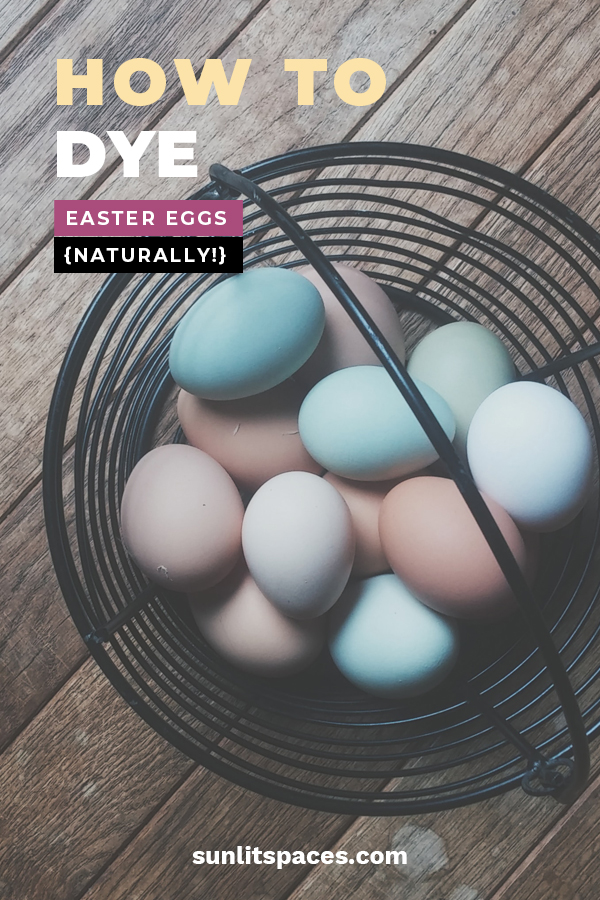
Perhaps the most widely known way to dye Easter eggs naturally is to use onion skins. Not only red skins, but yellow skins will also dye your eggs in striking colors. For a basic onion dye used to color 12 eggs, peel 12 onions and place the peels in a large saucepan. Cover them with water and add 3 tablespoons of white vinegar. Bring the mixture to a boil, and then allow it to simmer for 30 minutes. Once it has simmered, cool to lukewarm. After cooling, strain it and use the resulting liquid to dye your eggs. Red skins will give white eggs a lavender or red color, and brown eggs will turn to a beautiful deep, chocolaty brown. Yellow onion skins will turn white eggs an orange color, and brown eggs to red brown.
You can also prepare natural dyes, and then put previously hard cooked eggs in the dye to soak overnight in the refrigerator. Soaking overnight gives eggs the deepest color. For a lighter result, soak them for less time. For an easy blue dye, cover frozen blueberries with water and then let the blueberries thaw at room temperature. Remove the blueberries and then soak the eggs.

Another natural method to dye your Easter eggs is to individually wrap the eggs in onion skins before cooking the eggs. Once they are wrapped in onion skins, they are tied up in white cloth and boiled. Leaves or sprigs of dill can be added to the wrapping. Eggs wrapped in onion skins turn out beautifully!

Some beets, ground turmeric and red onion skins will give you eggs in all three primary colors. Beets need to be chopped and boiled with vinegar to make dye. Eggs dyed in beet dye need to soak for a few hours to achieve a deep cobalt blue like the one pictured here.

To make yellow dye from turmeric, heat 4 cups of water with 1 tablespoon each vinegar and salt in a saucepan. Stir in 6 tablespoons ground turmeric. Simmer just until the turmeric dissolves. Turmeric dye will color eggs pretty quickly.




Leave a Reply